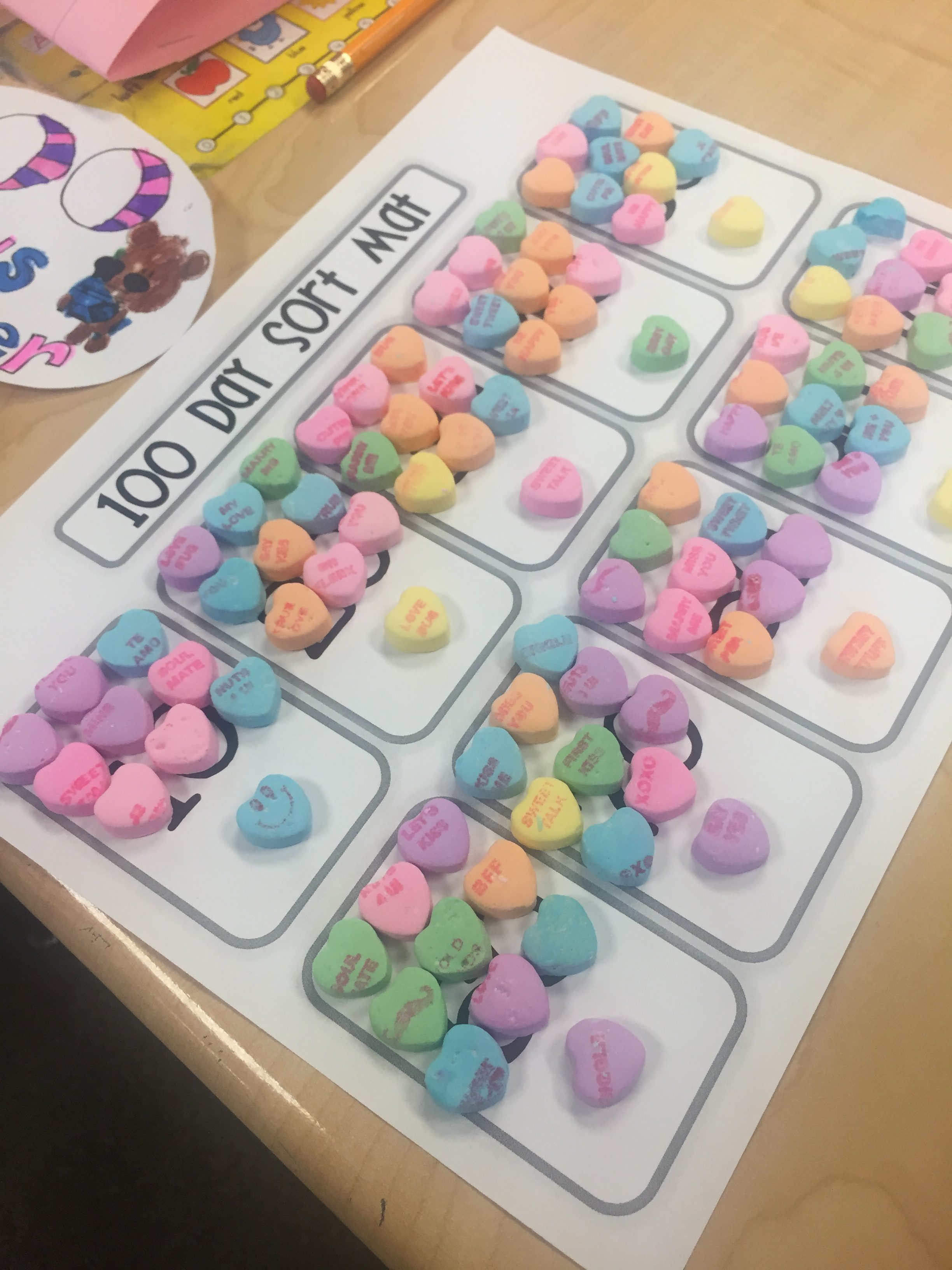In last week’s blog post, I discussed challenges I was running into with the math curriculum in my district. The curriculum does not allow a lot of leeway when it comes to bringing in your own activities and ideas. I noticed that because of this, the math lessons were becoming very routine for the students, creating a lack of engagement and differentiation. This week, I decided to implement some changes in order to get the students more involved and engaged.
Change #1: The first thing I noticed about the math lessons were that the students were sitting in their seat for the whole hour duration of the math lesson. I could tell this was a huge aspect of why I started to lose students towards the end of every lesson. In order to get the students moving around more, I thought of ways that students could get out of their seats while still following the set curriculum. For the Visual Learning Video that is in every lesson, I now have students come sit at the carpet to watch it, rather than watching it in their seats. Although this is a small change, it makes a big difference just having them get up and change their seating arrangement for a portion of the lesson.
Change #2: Another thing I incorporated into the lessons was stations around the rooms. For each problem on the Independent Practice page, I put a sticky note somewhere in the room with the number that correlated to it. Each student is assigned a group, a number to start at, and instructed to bring a folder, pencil and their paper. Whatever number the students are at is the number the students will work on while they are at their station. A timer is on the board that is set for 1 minute and 30 seconds. When the timer goes off, the students move clockwise to the next station. The students love doing this, and I have seen a huge improvement in their engagement for the Independent Practice problems. This also helps with pacing and keeping the students on the same page. After the stations are finished, we come back as a class to discuss and go over the problems.

(As an example, for this lesson there would be 5 sticky notes around the room, 1 for each problem labeled “5”, “6”, “7”, “8” and “9”.)
Change #3: The final change I decided to implement for myself was using a timer to gauge how much time I was spending going over each problem. Since there is so much material to cover in just one lesson, I have learned that it’s important for me as a teacher to pace each and every problem in the lesson to ensure that we are able to fit everything in. Before a lesson, I decide ahead of time how much time I am going to spend on each problem and section of the lesson. Again, planning is so important and taking the time to do things like this really help and make for a more effective lesson.
Overall, I saw a lot of positive improvements from these changes! I hope that they will continue to be effective, and plan to keep thinking of new ideas throughout the upcoming weeks. These changes took preparation and a lot of explaining about instructions and expectations to the students, but once they became routine, the results were rewarding!






